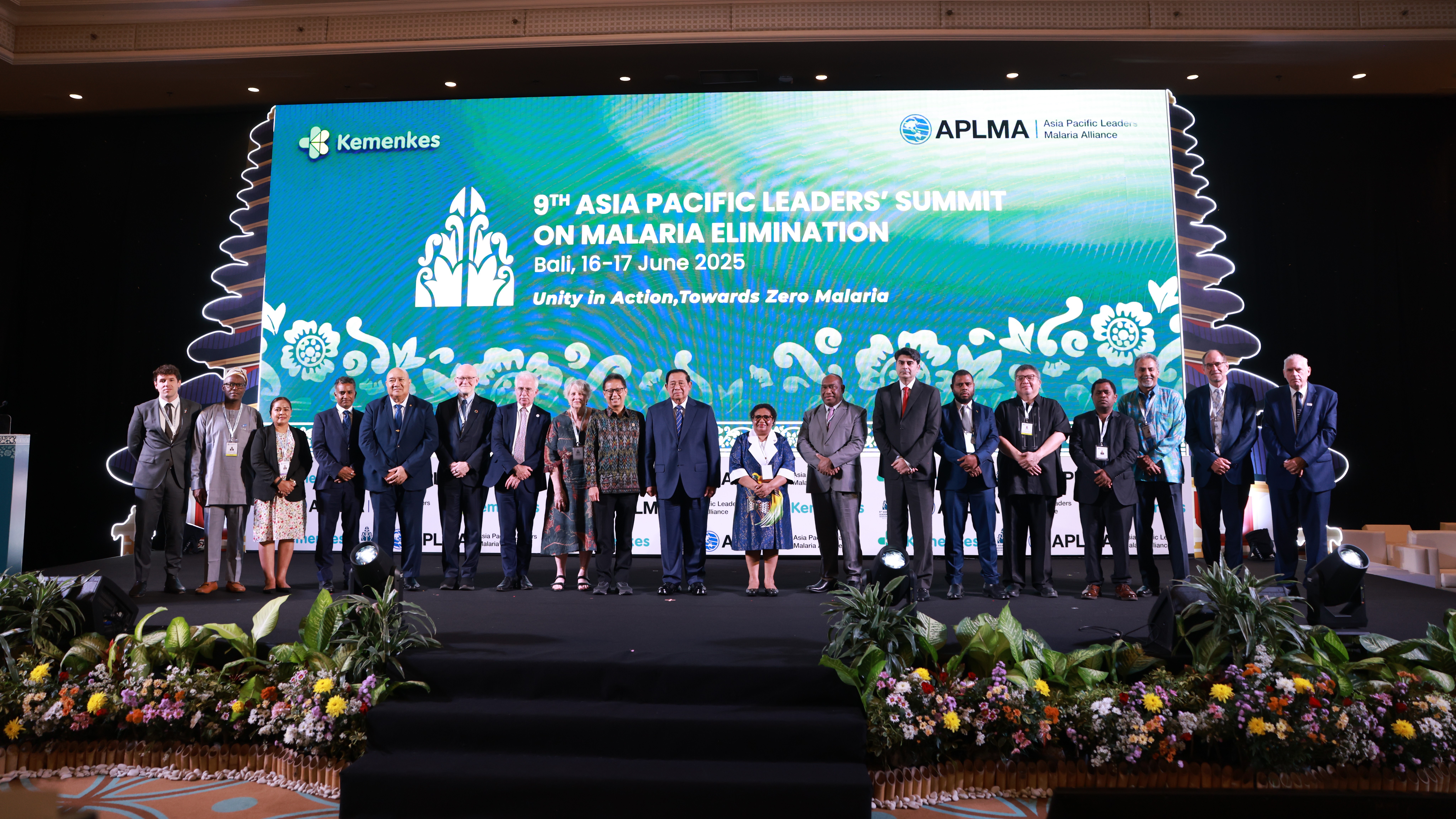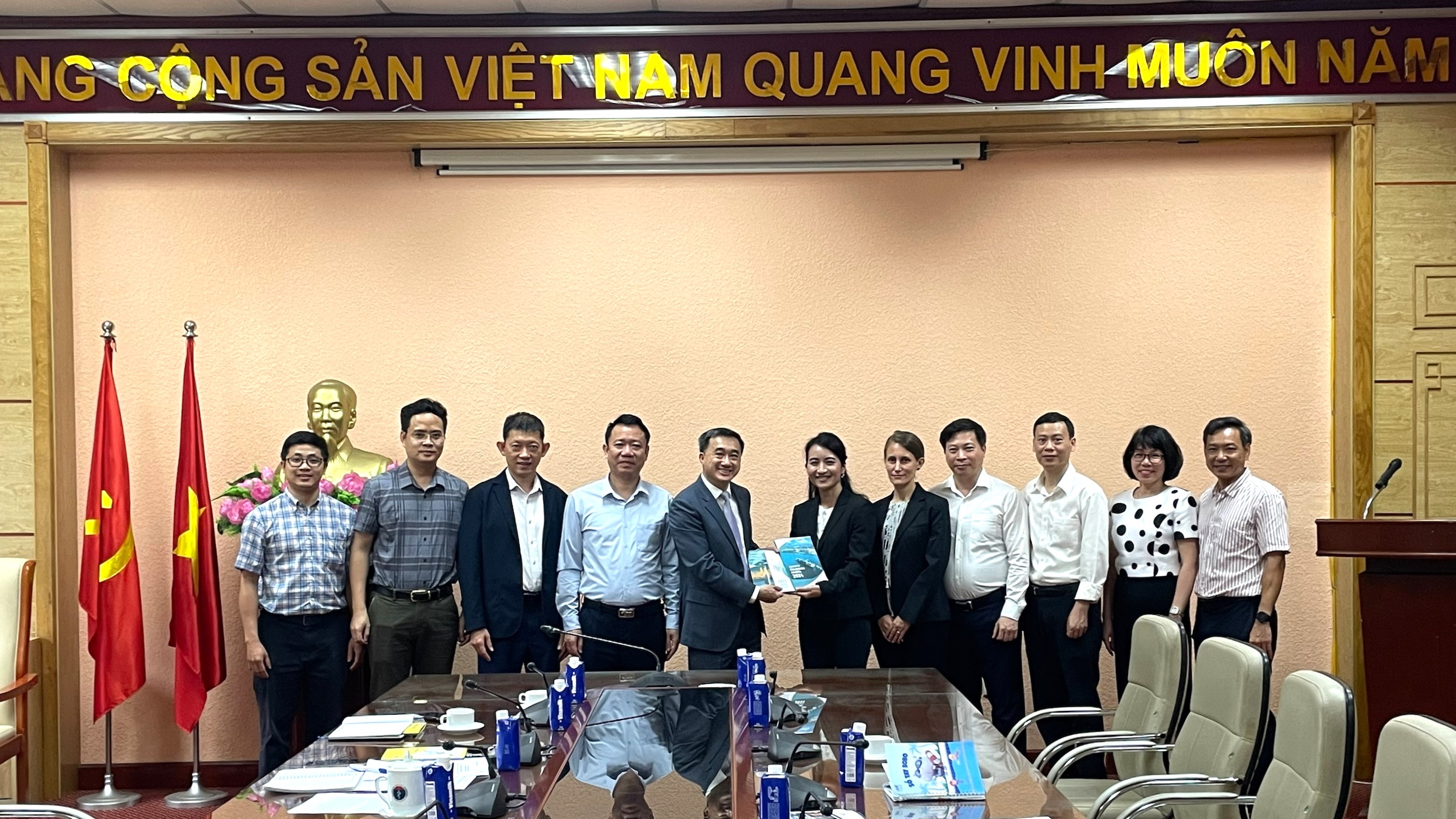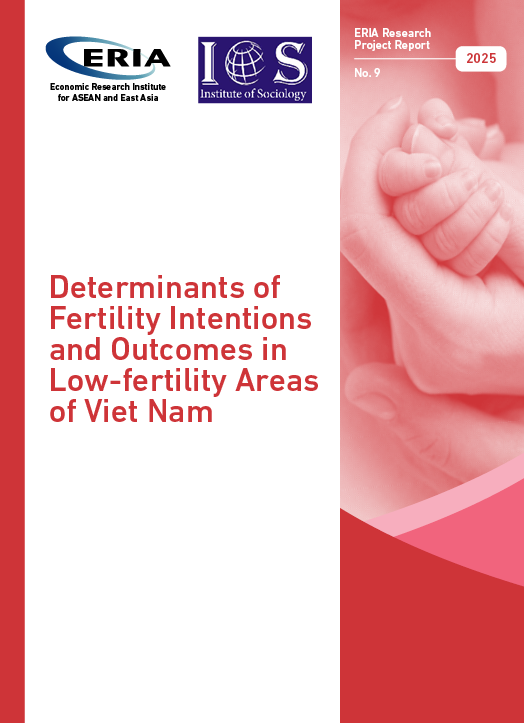[Op-ed] COVID-19 and the ‘Zoom’ to New Global Value Chains
Date:
5 April 2020Category:
-Topics:
-Share Article:
Print Article:
By Prof Fukunari Kimura, ERIA's Chief Economist, Christopher Findlay, and Shandre Thangavelu: COVID-19 has sent shock waves running up and down global value chains (GVCs). Social distancing and high levels of uncertainty have caused a significant drop in demand for goods, with GVCs carrying the economic shock through supplier countries.
Recovery from the shock is anticipated once COVID-19 cases fall below a certain level, but financial fragility are likely to linger from the large negative wealth effects caused by the pandemic. Several stages of fiscal and monetary policy stimulus are likely to be introduced over the coming months across many countries.
On the supply side there are significant disruptions to GVCs in the immediate term caused by lockdowns, suppliers shutting down and more restrictive border controls. The breakdown of the logistics sector has led to disruptions spreading across countries. Disruption to regular shipping channels has led to a surge in demand for air freight.
GVCs have made important contributions to employment, productivity and incomes for both developed and developing countries. They have provided for greater knowledge sharing and supported the growth in innovation that we have experienced over the past two decades. GVCs continue to benefit the global community.
In the longer term, a heightened perception of vulnerability to disruption will lead to changes in GVCs. Responses include duplication and higher levels of stockpiling. There could also be architectural changes including redesigning products to reduce the specificity and raise the substitutability of inputs in sourcing and having fewer complex loops, where input suppliers use final products from downstream as inputs. The addition of new services, such as vulnerability analysis and chain management, is also highly likely.
All of these changes are particularly difficult in the current environment as they require time and funding. But a rolling pandemic creates the scope for China, now emerging from their pandemic, to lead the way in time for the return of demand in the rest of the world.
Currently there is also a drop in demand for services as people stay home and businesses shut down. The lockdown on movement directly and most deeply affects sectors that involve GVCs including tourism, hotels, restaurants and air transport. This is not likely to be made up for by larger later purchases. But substitution to new forms of services is possible through the application of digital technology — health services providers now offer more telemedicine, for instance.
On the supply side, more people are now working from home, schools and universities are being delivered online, and business meetings are shifting to video conferences. Firms are learning how to do things differently. In a digital environment, it is a short step to organise procurement across borders. Trade in services will increase as this continues to develop, creating new opportunities for suppliers in developing countries.
Given the dynamic nature of GVC networks, it is possible that a transformation of GVC activities in goods and services will lead to both greater opportunities and resilience. But policy reform supported by regional cooperation will be critical to the realisation of stronger GVCs. This reform must centre around free trade, developing digital infrastructure and creating international regulatory coherence in digital trade protocols and tax to encourage the use of digital supply networks.
A joint commitment to avoid protectionist responses — including export controls and tariffs, particularly in medical equipment — may greatly increase the ability of nations to respond to the pandemic, as affirmed by a group of APEC Trade Ministers.
The capacity and connectivity of digital infrastructure across borders is important. Digital infrastructure capacity includes the soft skills required for its application. The first step is to use the databases on digital restrictiveness that are currently available to determine digitally-constrained economies and consider them against others that have been extremely successful in digital infrastructure investment.
Virtual platforms or ‘digital supply networks’ will become more important for matching providers and users and providing assurance to both parties. In this respect, accelerating progress on agreements on digital trade protocols and taxation is critical to support these transformations.
Tackling unnecessary policy impediments to value chain operations, such as a lack of alignment of standards and other regulatory barriers, is now more important than ever to reduce the costs of international transactions. Getting regulations and standards aligned is what the systems of regional cooperation in the Asia Pacific are good at.
This opinion piece was written by By Prof Fukunari Kimura, ERIA's Chief Economist together with Christopher Findlay, and Shandre Thangavelu. It has been published in East Asian Forum Click here to subscribe to the monthly newsletter.








